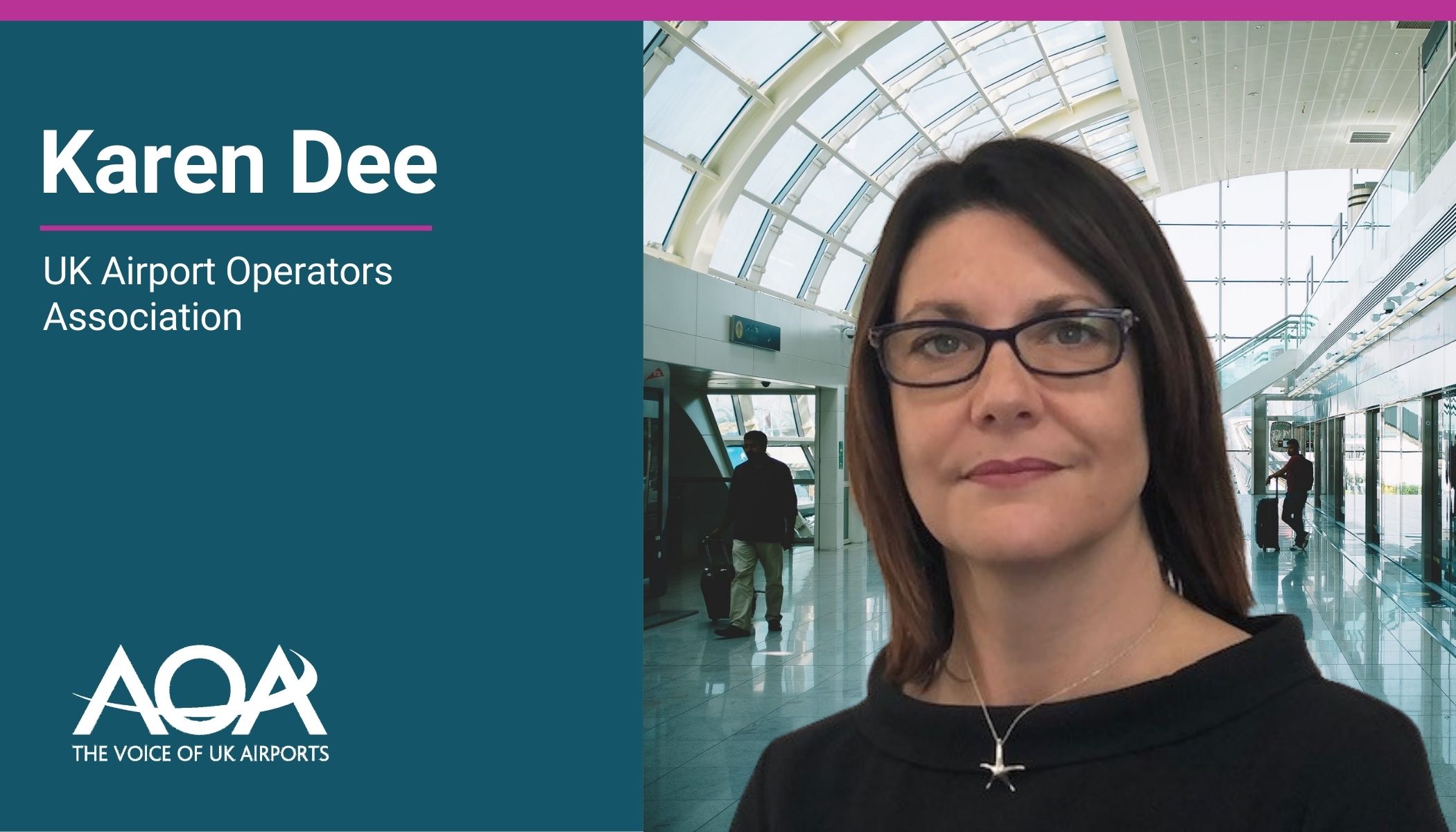
What are the industry’s main priorities?
The main priorities for aviation have to be how we can support economic growth, while at the same time fulfilling our climate change commitments. As the UK positions itself as a global trading power, airports will play a crucial role in encouraging inward investment, imports and exports and creating jobs and prosperity.
It is hugely important that everyone involved, from airports, airlines, the regulator and governments, recognises this and works together to ensure it is the case.
That, however, does not mean the sector can ignore its environmental responsibilities, and indeed aviation is leading the way in ensuring it meets its net zero obligations by 2050.
The Sustainable Aviation Road-Map lays out an ambitious pathway to do just this through a mixture of measures, including through Sustainable Aviation Fuels, hydrogen and electric flight, newer, cleaner engines, and importantly, airspace modernisation. Delivering on all this will allow aviation to expand, help to grow the economy and meeting its emissions targets.
How ATM can support the wider industry
The UK’s air traffic management (ATM) and modernising the UK’s airspace is a key aspect in delivering these strategic objectives. ATM technology has advanced enormously in recent years, both in the cockpit and in control towers but our airspace, our motorways in the sky, have not changed since the 1950s.
Reforming UK airspace and enabling more performance-based navigation will make flying more fuel efficient, reduce carbon emissions, enable more efficient use of capacity, bring respite to communities around airports, and improve customer experience.